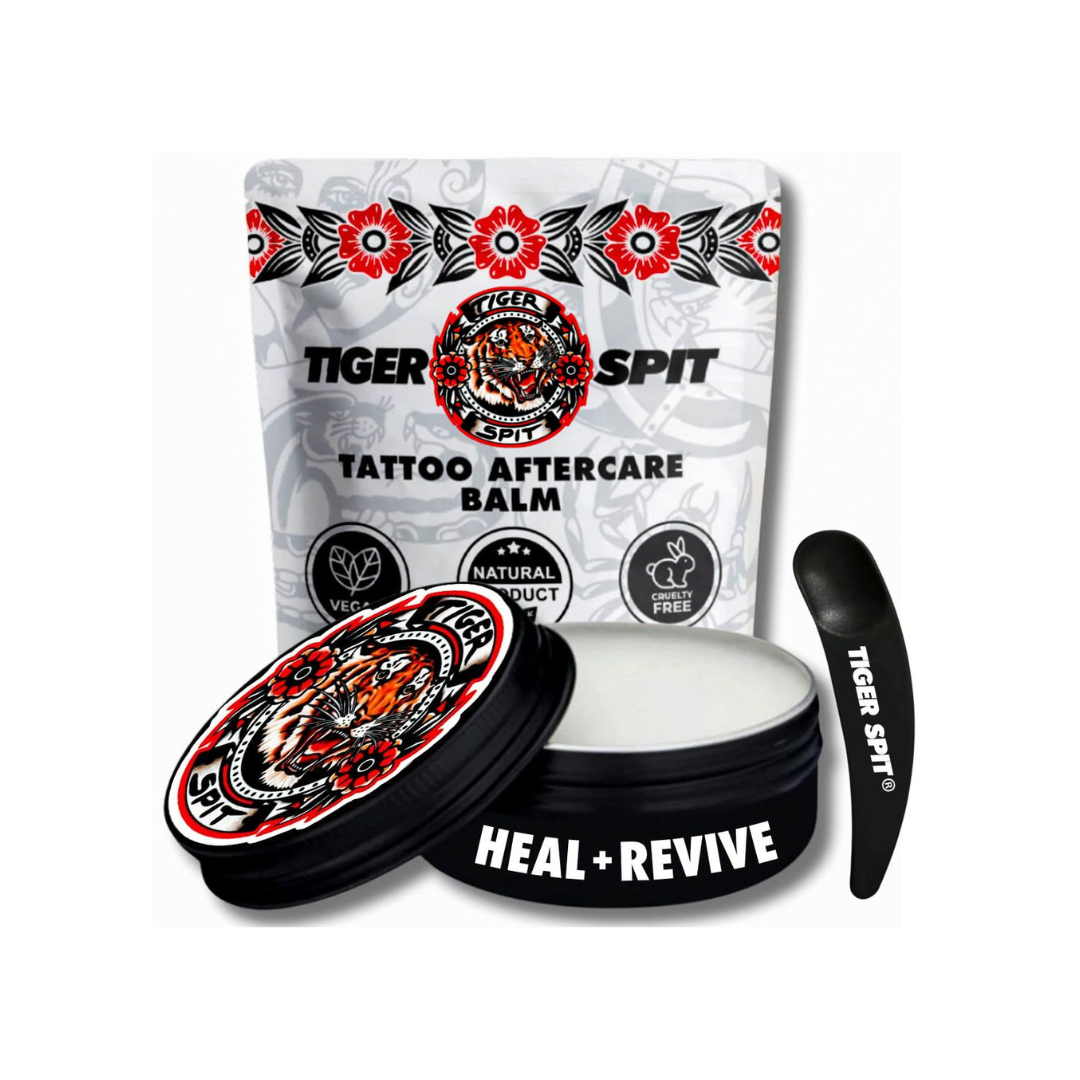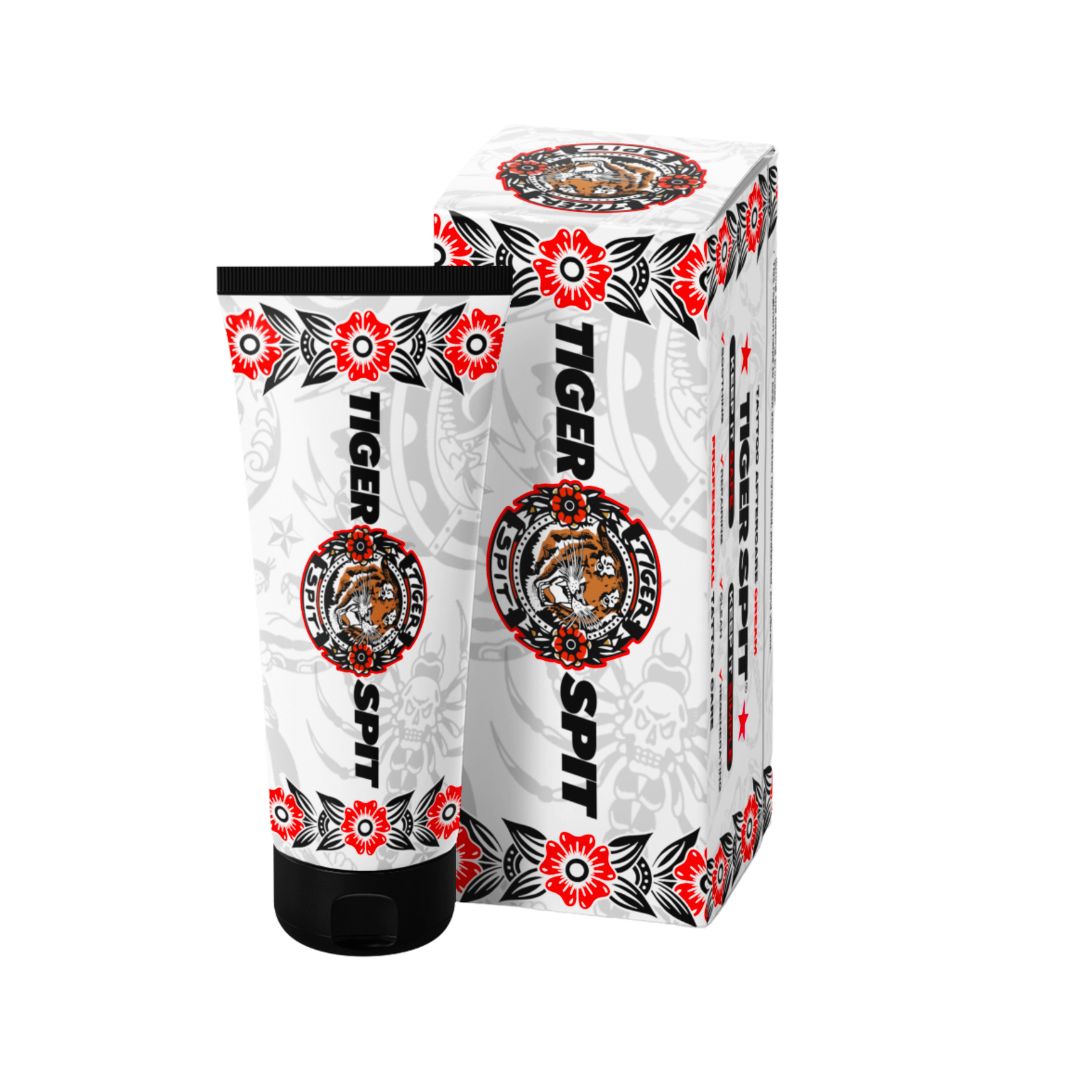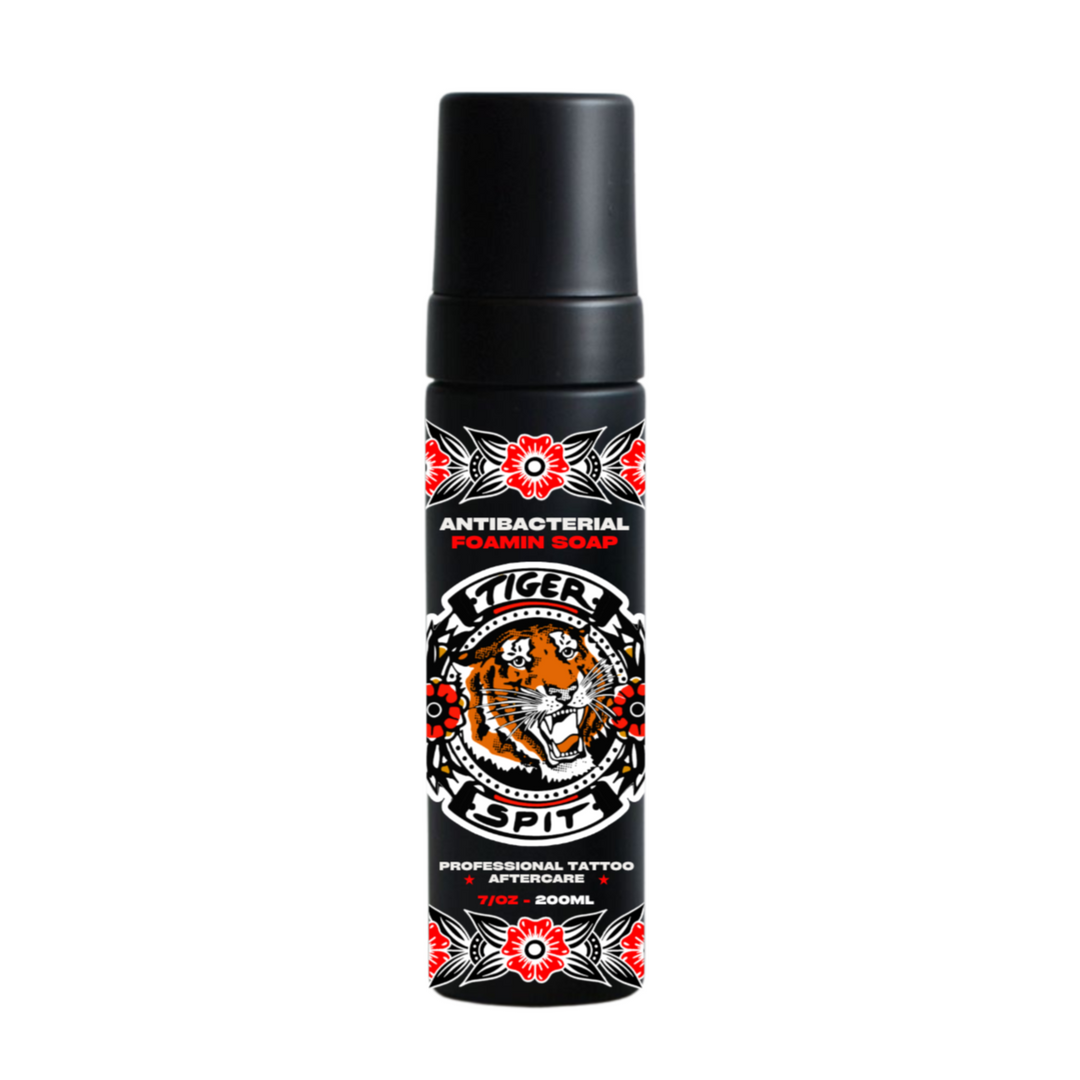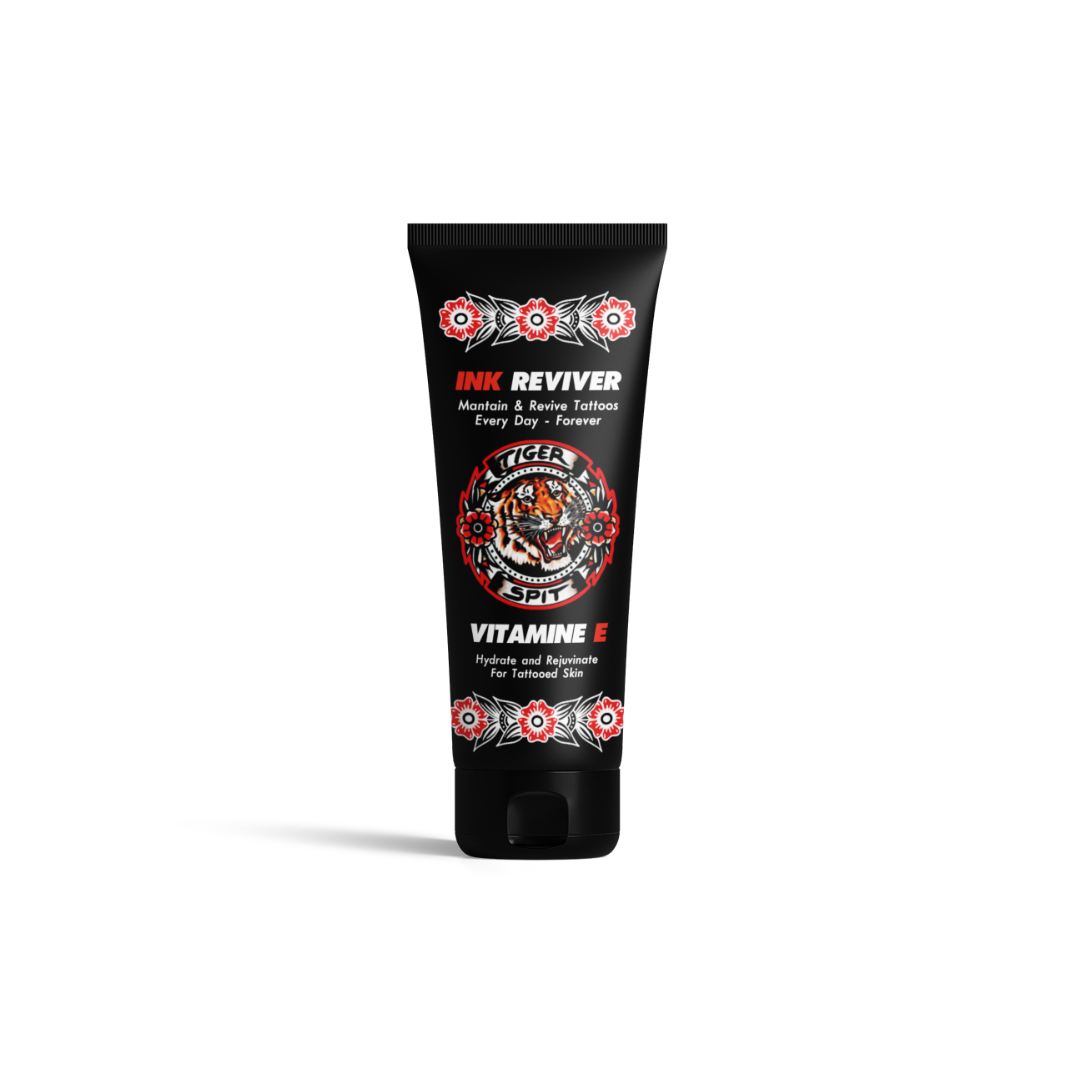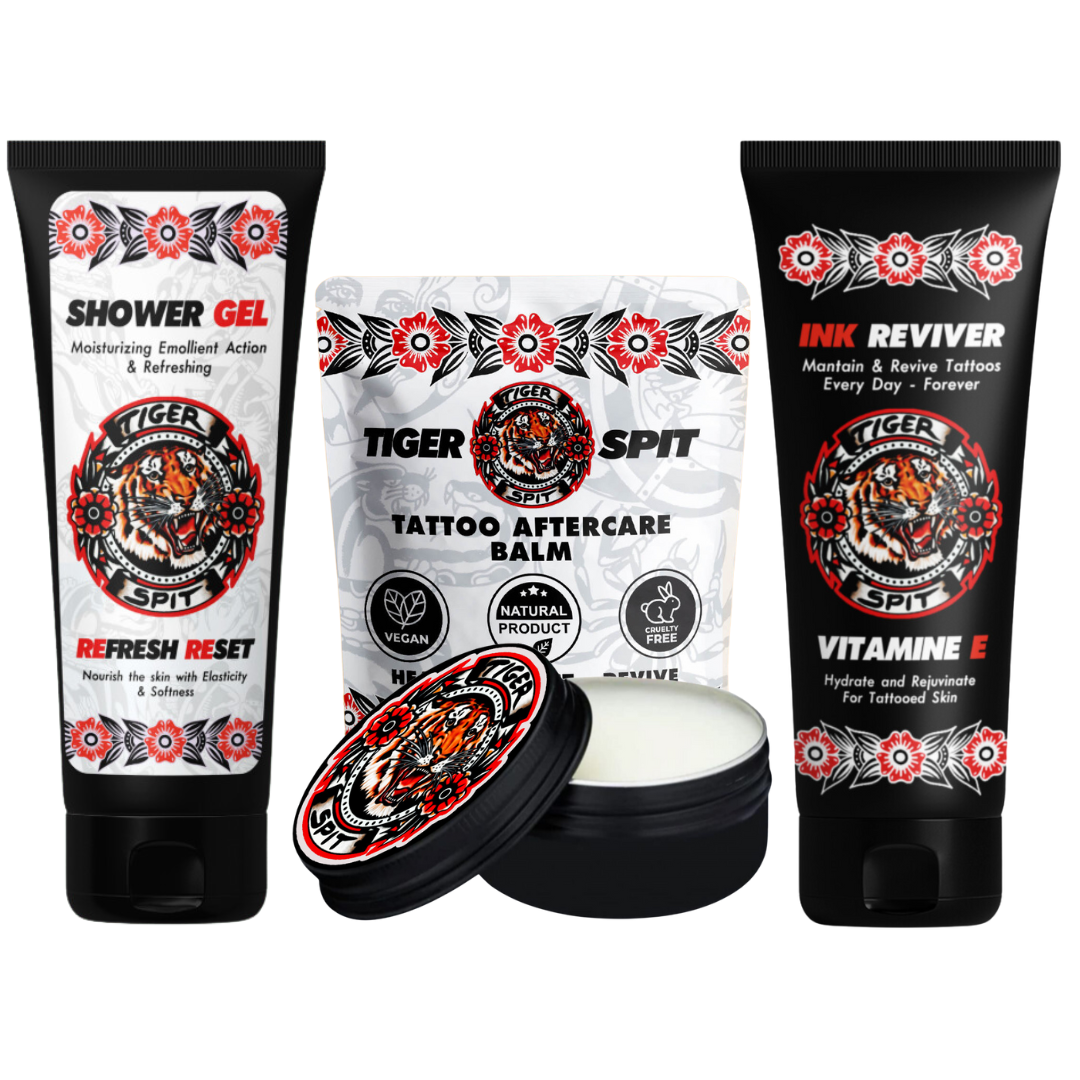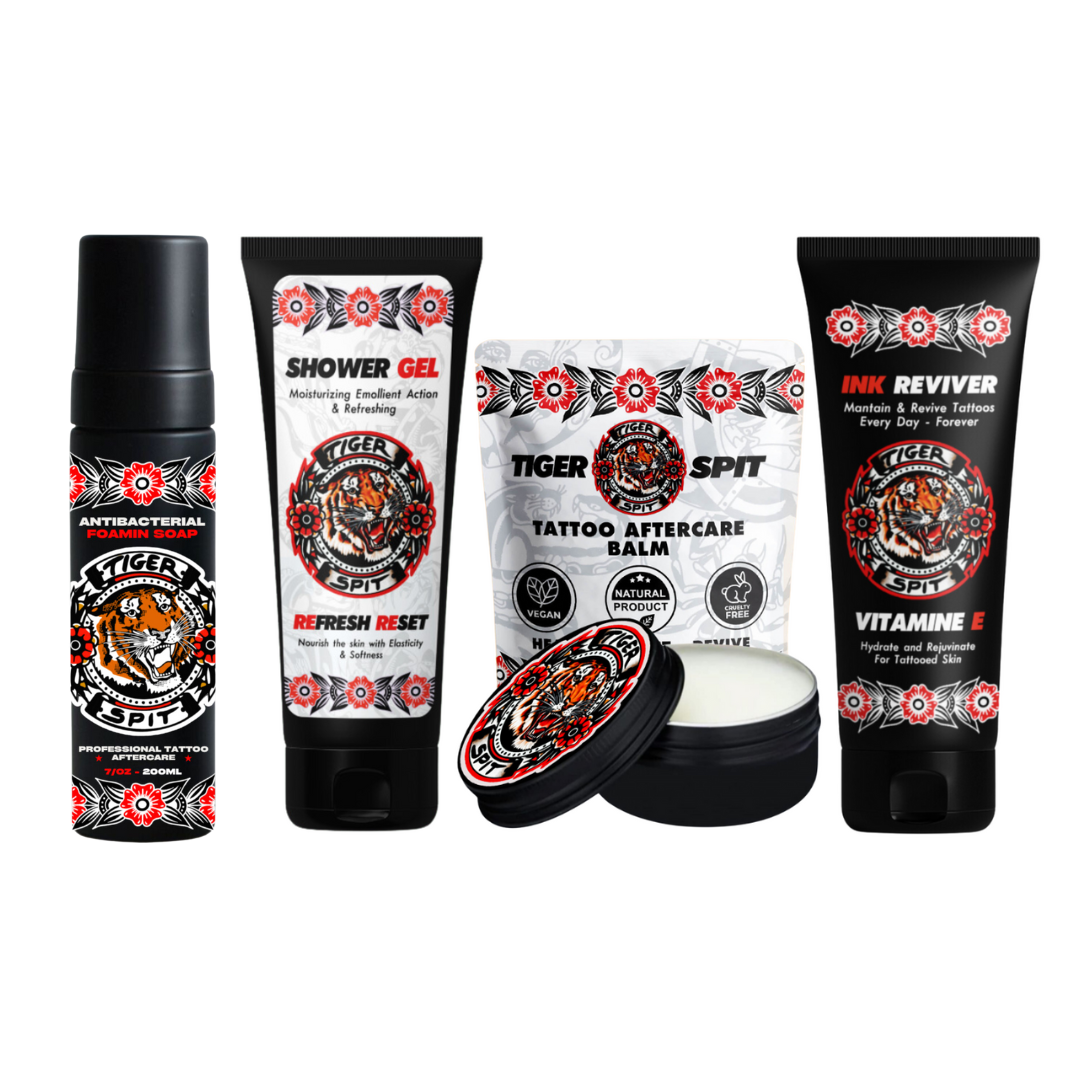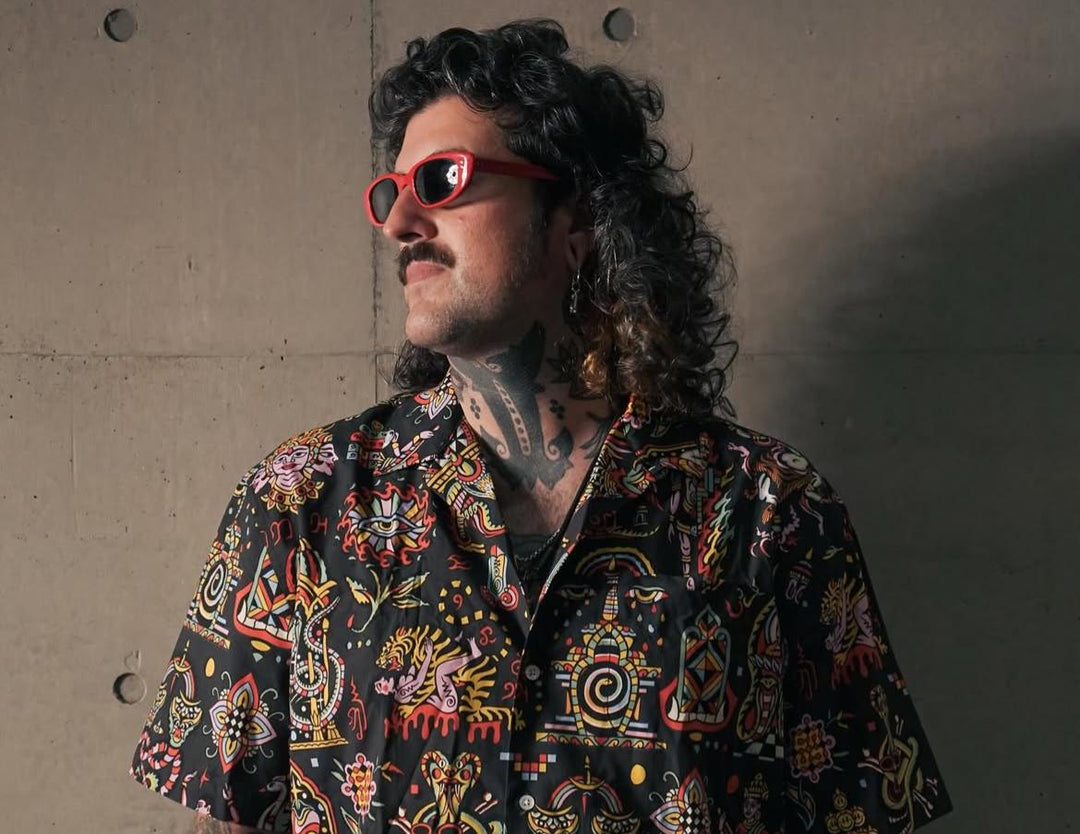What the Tattoo Healing Process Is Like
Following the completion of a tattoo, the healing journey typically spans a few weeks, allowing the unveiling of your new ink in all its glory. The intricate process involves fine needles piercing the skin, depositing ink deep into its layers. Consequently, the tattoo healing process unfolds through temporary stages marked by redness, oozing, itching, and peeling.
Healing Timeframe:
On average, the surface of a tattoo requires two to four weeks to visibly heal, while the complete healing of the skin beneath extends to approximately three to six months. This duration is influenced by individual skin reactions, tattoo size, and the colors of ink used.
For instance, tattoos showcasing expansive color areas may induce heightened inflammation due to the increased number of needles piercing the skin, resulting in a more protracted healing process. Extended healing times are also observed in cases of tattoo allergic reactions or infections.
Pregnancy and Tattoos:
Understanding the tattoo healing stages is crucial, progressing through four distinct phases as various skin layers undergo the healing process. Immediately post-tattoo, your inked skin essentially functions as an open wound, with ink deposited through the epidermis (top skin layer) into the upper dermis (middle skin layer). While the tattoo may visually appear fully healed after a few weeks, the dermis continues its healing journey for months.
Healing Phases:
1. Inflammation and Oozing:
The body responds to the skin trauma by directing blood to the tattooed area, causing redness and swelling. This inflammatory response jumpstarts the healing process, accompanied by warmth, soreness, and the potential for blood, plasma, or ink weeping. These healing signs typically persist for about a week, with redness and swelling diminishing after two weeks.
2. Itching:
During the initial two weeks of healing, tattoos often itch, a common sensation as wounds progress through their healing stages. Skin may start to flake, and it is imperative to resist the temptation to scratch. Adhering to proper tattoo aftercare minimizes itching, with this discomfort typically resolving after two weeks.
3. Peeling:
Around the five-day mark, scabbing and flaky skin may become noticeable. Particularly in large tattoos, flaky skin indicates the natural sloughing off process. While this may initially be concerning, it is a positive sign of the healing journey. It is essential to avoid picking scabs or dry skin, as peeling and scabbing typically last for two to three weeks.
4. Skin Remodeling:
After two weeks to a month, the tattoo should appear healed on the surface. However, the dermis continues its healing process, generating new skin cells to strengthen and heal the wounded skin during the skin remodeling stage.
Accelerating Healing with Tattoo Aftercare:
Optimal healing and infection prevention hinge on proper tattoo aftercare. Adhere to your tattoo artist's bandage/wrap instructions, cleanse your tattoo gently, and apply Tiger Spit tattoo balm as directed. Sun exposure should be avoided, and refraining from scratching or picking at the tattoo is crucial. Even after the surface appears healed, ongoing moisturization and sun protection remain essential.
Identifying Tattoo Healing Issues:
While temporary redness, oozing, flaking, and soreness are normal during tattoo healing, specific signs may indicate potential problems. Persistent redness, green or yellow fluid, prolonged swelling, hives, scarring, or flu-like symptoms may suggest infection or an allergic reaction.
Seeking Professional Guidance:
Promptly contact your healthcare provider if signs of a tattoo infection or allergic reaction arise. Timely intervention is essential to prevent further complications.
In conclusion, the tattoo healing process, spanning two to four weeks on the surface and three to six months underneath, is enhanced through meticulous tattoo aftercare practices. Utilizing Tiger Spit tattoo balm and following the recommended aftercare routine ensures a smooth healing journey, while any concerns should prompt consultation with a healthcare professional.
Healing Timeframe:
On average, the surface of a tattoo requires two to four weeks to visibly heal, while the complete healing of the skin beneath extends to approximately three to six months. This duration is influenced by individual skin reactions, tattoo size, and the colors of ink used.
For instance, tattoos showcasing expansive color areas may induce heightened inflammation due to the increased number of needles piercing the skin, resulting in a more protracted healing process. Extended healing times are also observed in cases of tattoo allergic reactions or infections.
Pregnancy and Tattoos:
Understanding the tattoo healing stages is crucial, progressing through four distinct phases as various skin layers undergo the healing process. Immediately post-tattoo, your inked skin essentially functions as an open wound, with ink deposited through the epidermis (top skin layer) into the upper dermis (middle skin layer). While the tattoo may visually appear fully healed after a few weeks, the dermis continues its healing journey for months.
Healing Phases:
1. Inflammation and Oozing:
The body responds to the skin trauma by directing blood to the tattooed area, causing redness and swelling. This inflammatory response jumpstarts the healing process, accompanied by warmth, soreness, and the potential for blood, plasma, or ink weeping. These healing signs typically persist for about a week, with redness and swelling diminishing after two weeks.
2. Itching:
During the initial two weeks of healing, tattoos often itch, a common sensation as wounds progress through their healing stages. Skin may start to flake, and it is imperative to resist the temptation to scratch. Adhering to proper tattoo aftercare minimizes itching, with this discomfort typically resolving after two weeks.
3. Peeling:
Around the five-day mark, scabbing and flaky skin may become noticeable. Particularly in large tattoos, flaky skin indicates the natural sloughing off process. While this may initially be concerning, it is a positive sign of the healing journey. It is essential to avoid picking scabs or dry skin, as peeling and scabbing typically last for two to three weeks.
4. Skin Remodeling:
After two weeks to a month, the tattoo should appear healed on the surface. However, the dermis continues its healing process, generating new skin cells to strengthen and heal the wounded skin during the skin remodeling stage.
Accelerating Healing with Tattoo Aftercare:
Optimal healing and infection prevention hinge on proper tattoo aftercare. Adhere to your tattoo artist's bandage/wrap instructions, cleanse your tattoo gently, and apply Tiger Spit tattoo balm as directed. Sun exposure should be avoided, and refraining from scratching or picking at the tattoo is crucial. Even after the surface appears healed, ongoing moisturization and sun protection remain essential.
Identifying Tattoo Healing Issues:
While temporary redness, oozing, flaking, and soreness are normal during tattoo healing, specific signs may indicate potential problems. Persistent redness, green or yellow fluid, prolonged swelling, hives, scarring, or flu-like symptoms may suggest infection or an allergic reaction.
Seeking Professional Guidance:
Promptly contact your healthcare provider if signs of a tattoo infection or allergic reaction arise. Timely intervention is essential to prevent further complications.
In conclusion, the tattoo healing process, spanning two to four weeks on the surface and three to six months underneath, is enhanced through meticulous tattoo aftercare practices. Utilizing Tiger Spit tattoo balm and following the recommended aftercare routine ensures a smooth healing journey, while any concerns should prompt consultation with a healthcare professional.




